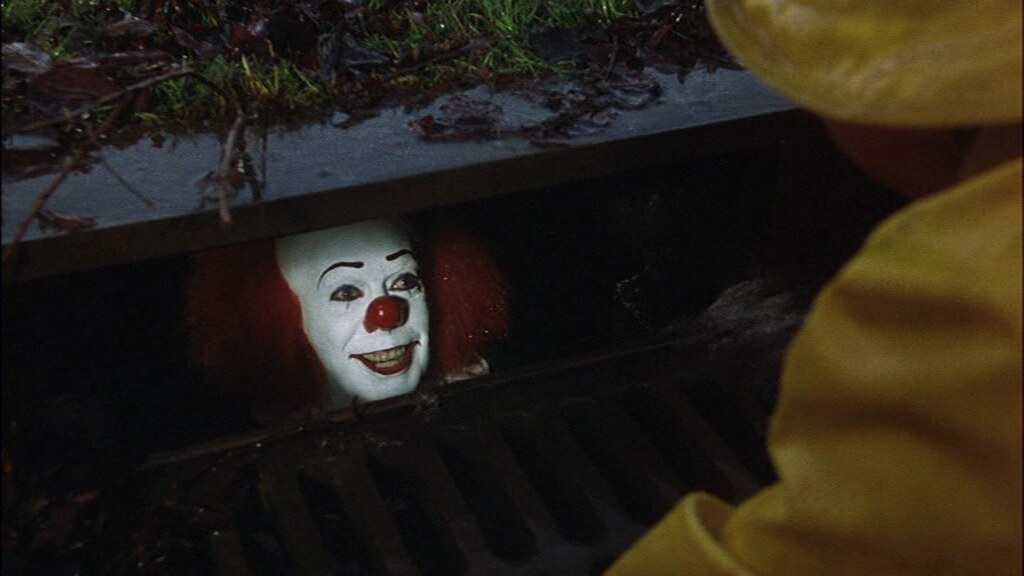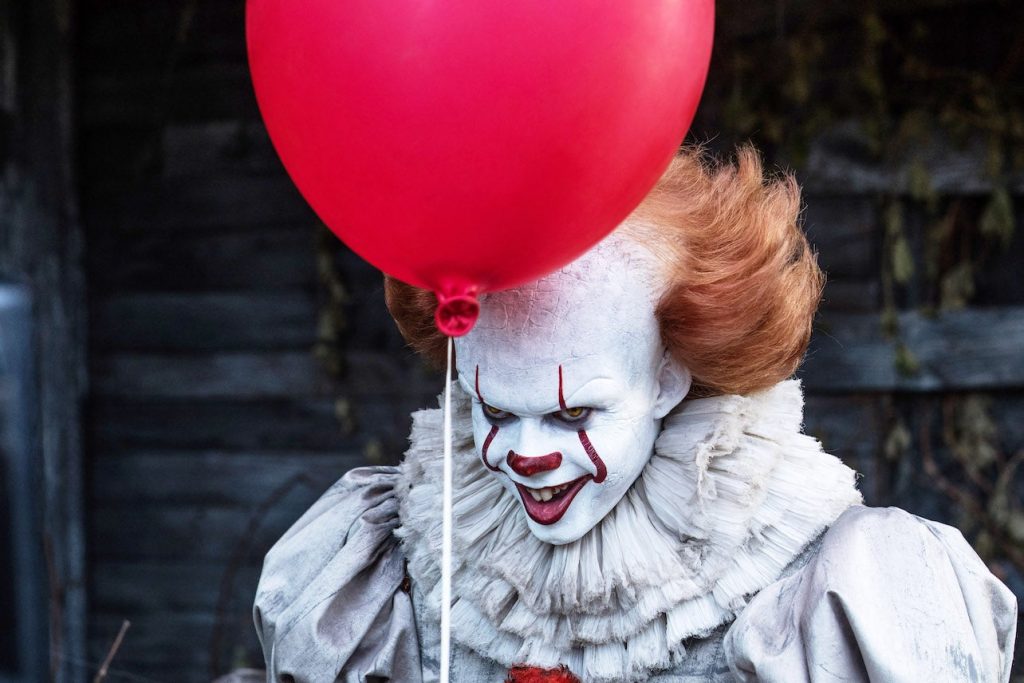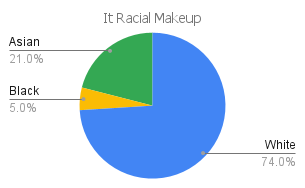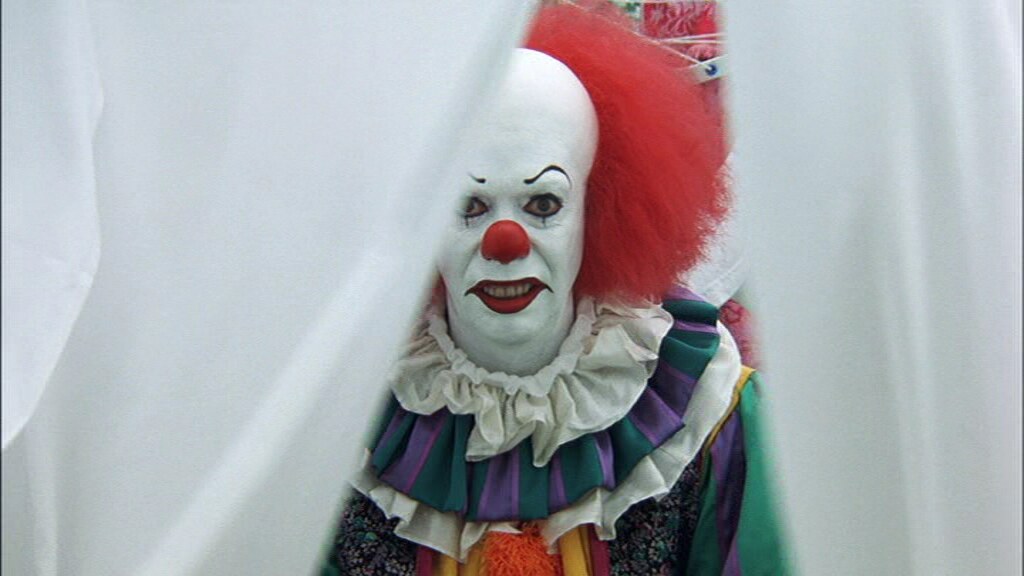Horror Under A Looking Glass: An Comprehensive Look at the Inclusivity of It (2017)
Iconic enough to be recognized by a single balloon, It (2017) is one horror film that should be on your list of movies to watch this October. Almost everyone worldwide knows the highest-grossing horror film of all time, its plot and characters. But while many know the story, not many viewers have analyzed its complex message surrounding diversity and prejudice. Even though it has been adapted for the big screen, It carries on more than a trace of Stephen King’s themes and morals; its entire narrative is based on them, providing viewers with a story that contains heart as much as it does scares.

What Is the Movie IT About?
After 27 years, the murderous shift-shaping clown known as “Pennywise” emerges from its lair to feed on those that still believe in monsters: children. The town of Derry, Maine, is under attack again, sent into lockdown after several children are reported missing. But out of all its residents, only a group of 7 young outcasts known as “The Loser’s Club” can stop it. Coming together on more than one occasion, the kids go up against Pennywise and their fears, all the while searching for Bill Denbrough’s lost younger brother Georgie, and a way to end Pennywise’s reign of terror once and for all. As mentioned before, the film itself centers on Pennywise: a shape-shifting clown that feeds on children, appearing before them as the thing they fear the most. But there are many ideas as to what Pennywise represents within the story, especially when considered as “It”: not a scary clown, but an alien that has resided in the sewers of Derry for thousands of years. It mainly preys on children and is only seen by them; adults either do not notice or move away and forget. It is only stopped by a group of misfit children that have already seen it for what it is. Though it does appear in large-scale tragedies that occur within Derry, such as the burning of the Black Spot nightclub, this evil also appears in small acts of bigotry and indifference, such as the scene where bullies racially harass Loser Mike Hanlon. It is also very telling that It only emerges from hibernation every 27 years, and, as is alluded to in the first film (and shown in the second film, It: Chapter Two (2019)), it takes the return of Loser’s club to finish it off. The horror does not end with one generation; instead, it continues, requiring a collective effort to defeat finally.

What Is the Inclusion Criteria?
Though it may not be immediately apparent with one viewing of the 2017 film adaptation, “It” comes to represent hate and prejudice towards others, especially the outcasts of the world. But this message seems a bit self-righteous in the face of the 2017 film’s cast and crew statistics. The film was selected from the RottenTomatoes Top 100 Horror Movies page. Once selected, the diversity statistics of the film were analyzed, primarily in terms of the distribution of film leadership roles. The cast/crew roles included in the data analysis include director, writer, lead actors, producers, and executive producers. The data was also formatted into the racial categories of White, Black, Hispanic, Asian, and Middle Eastern, and the gender categories of Male and Female. This was all sorted into two separate pie charts for the movie.
What Is the Data on IT (2017)?
It drew an 86% rating from critics and an 84% rating from viewers on Rotten Tomatoes. Within its leadership, 5% of the cast/crew roles of the film were occupied by Black members, Asian members occupied 21% of roles, and White members occupied 74% of roles. In its gender diversity, 11% of the cast/crew is comprises female members, with a remaining 89% of male members.


Each of the Losers has a mark against them, something that makes them outsiders from the rest of Derry’s residents; for protagonist Bill Denbrough, it’s his speech impairment; for Stanley Uris, it’s his religion. Despite the basis for this group, the most of the Losers are White males; only Beverly Marsh (a White female) and Mike Hanlon (a Black male) offer any gender/racial diversity.
How Can We Interpret the Data?
Though the plot of It (2017) surrounds the ugliness of prejudices like sexism, racism, etc., the statistics surrounding the film’s racial and gender makeup do little to support its message. As mentioned before, approximately 74% of the cast/crew was made up of White members, and 89% were males. Though there is some explanation as to the lack of diversity on-screen, with the basis of the film on the novel of the same name published in 1986, a time when diversity looked different and was insignificant, it seems hypocritical for a movie that champions inclusion to lack racial/gender diversity behind-the-camera.

What Can We Conclude?
Though there is a conflict between the message and the data of the film, It (2017) is not a film that should be avoided. Despite its flaws, the movie presents a story that has stayed relevant for over 30 years, and for a good reason, there is heart deep within the narrative and the opportunity for a discussion of the real horrors in the world we live in.



